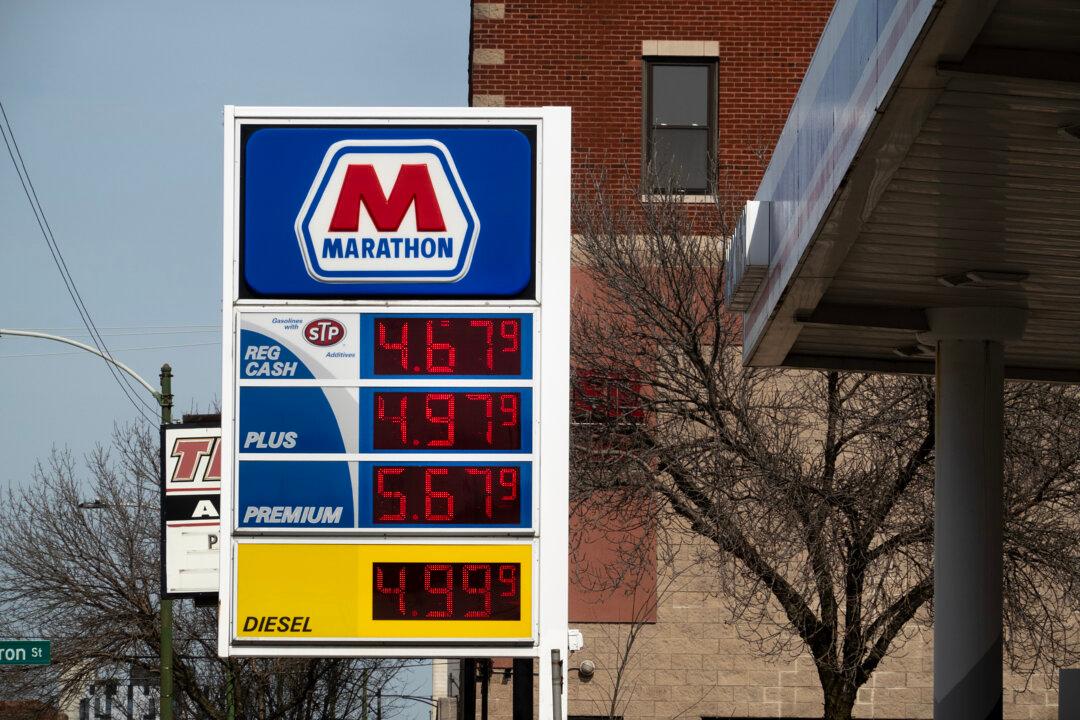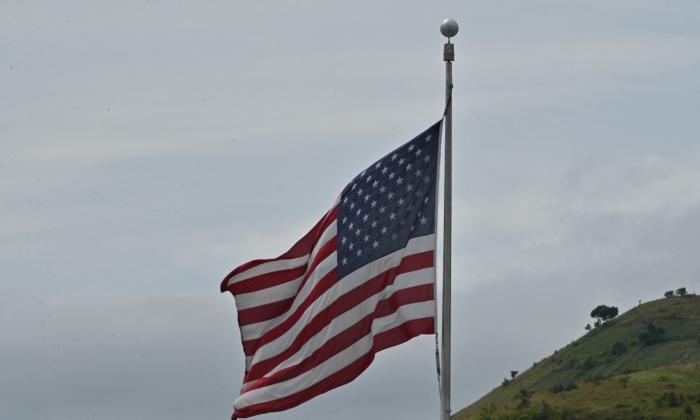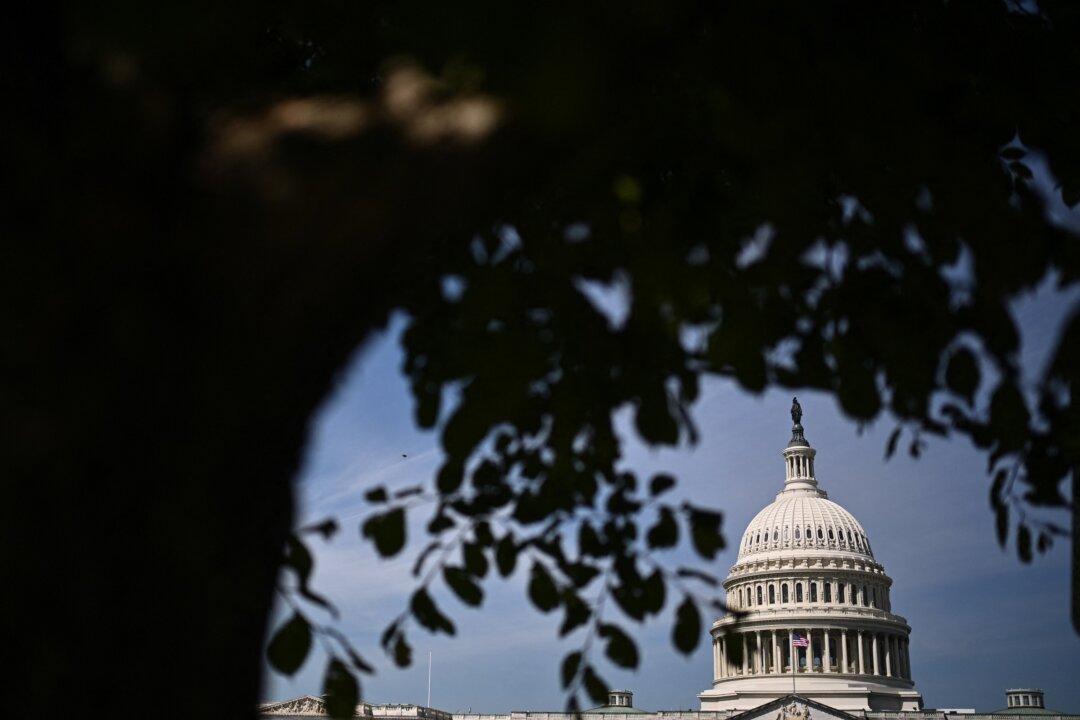The death of the U.S. dollar has been greatly exaggerated, especially as of late. While COVID-19 and record-breaking spending from Washington has only empowered countless rumors of the U.S. dollar’s impending doom, it’s clear the U.S. dollar is still very much the world’s de facto reserve currency.
In July, data from SWIFT, the global transfer network, reported “transactions involving the dollar at 46%,” an all-time high. By comparison, just more than 3 percent were settled in China’s yuan.
America’s economy is incredibly diversified. Internationally, we have petrodollars, which are dollars paid to oil exporters for oil imports. This is unlikely to change and enhances the U.S. dollar’s liquidity, not to mention that it solidifies the narrative of the U.S. dollar as the unchallenged global reserve currency.
Naysayers can attack all they want, but the OPEC member countries of Algeria, Angola, Equatorial Guinea, Gabon, Iran, Iraq, Kuwait, Libya, Nigeria, the Republic of the Congo, Saudi Arabia, the United Arab Emirates, and Venezuela need petrodollars. The United States is the largest consumer of oil in the world, and these OPEC countries count on oil exports to the United States as their main source of revenue.
You hear a lot of rumbling about changes in Saudi Arabia, but with nearly 15 percent of the world’s oil reserves and more than 85 percent of revenues from oil sales at the present moment, Saudi Arabia can only dream of independence from the United States and the U.S. dollar.
But it isn’t just oil and petrodollars that elevate the dollar. The U.S. dollar is deeply entrenched in international finance, and any disruption of the status quo would require significant disruption to the international order. Dollar-based deposits are held by almost every central bank in the world, and most international settlements are settled in dollars.
Clearly, there are risks we should seek to shore up to ensure continued dominance. It doesn’t help that America is strikingly polarized. It doesn’t help that half the politicians in office are anti-business leftists, and it doesn’t help that we have tremendous issues within our borders (such as illegal immigration, drug addiction, homeless crisis, and rising crime). Yet surprisingly, none of these issues have loosened the grip of the U.S. dollar on the global economy.
BRICS, an economic union of countries including Brazil, Russia, India, China, and South Africa—and potentially Argentina, Iran, Saudi Arabia, Ethiopia, and the United Arab Emirates—have ongoing meetings that nominally discuss diversification away from the U.S. dollar. Before the Russia–Ukraine war, speculation of a BRICS-dominated currency was rampant, but the risk has only slowed from Russia’s war.
If the dollar was to be replaced, what would replace it? There’s a deep bench of worthy global currency replacements, with only one belonging to a member of BRICS (China’s Yuan).
The euro, the British pound, the Japanese yen, the Swiss franc, and even the Canadian dollar hold more weight—as heavily traded currencies—than the BRICS nations’ currencies.
Apart from those currencies, most of the world’s economic might can be found in individual U.S. states and the major metropolitan areas: The individual gross domestic products of New York, Los Angeles, Chicago, San Francisco, Washington, Dallas-Fort Worth, Greater Boston, Greater Houston, Greater Philadelphia, Seattle, and Atlanta are all in the top 25 worldwide.
The United States has one of the largest, most diversified economies in the world. Nowhere else holds as much hope and faith for a better future, nowhere else has such innovation, perceived stability, and continued growth.
If you’re curious about this, just watch where the money flows during times of uncertainty. If there’s a market crash, or a correction, money flocks to the U.S. dollar. It’s during these times of turmoil that the U.S. dollar literally seems like the only game in town.







